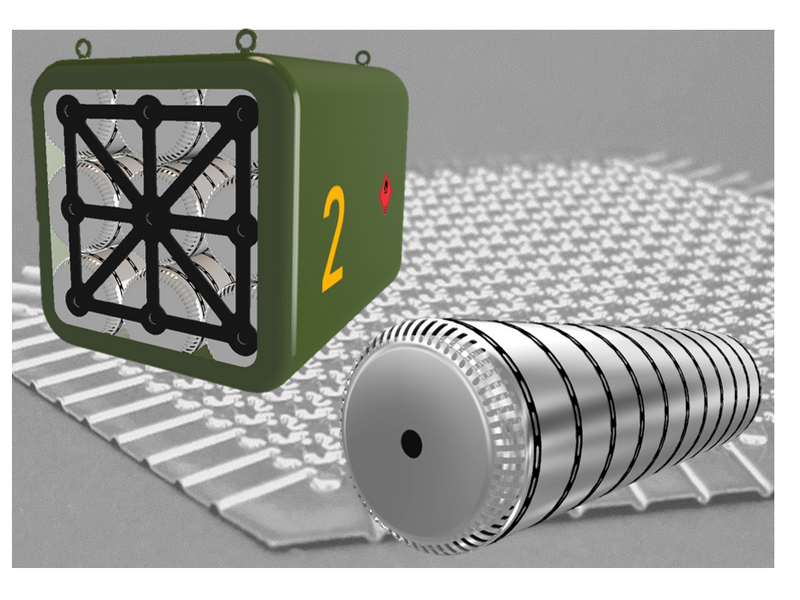Scaling Up Hydrogen Fuel Cell Demand
This past month Maritime Reporter TV has taken a close look at two hydrogen fuel cell projects: the new research vessel planned for Scripps Institution of Oceanography and e1 Marine’s methanol-to-hydrogen technology which is being adopted by STAX Engineering for its emissions capture barges.
The Scripps California Coastal Research Vessel will feature a hydrogen fuel cell propulsion system that will allow it to operate with no greenhouse gas or other emissions for 75% of its missions – and for all of its time operating in state waters. As the first liquid hydrogen-powered ship in the US, the vessel design required the development of a new regulatory framework.

This is really breaking new ground, said Bruce Appelgate, Associate Director, Scripps Oceanography, but he says: “There's an advantage in that hydrogen has been used industrially a long time in the United States, so there's a very strong safety record. Industrial processes and use for hydrogen are very well known. The trick is in applying that to maritime.”
The e1 Marine and STAX Engineering project is also California-based and involves an onboard system that converts methanol to hydrogen for use in the fuel cells that will power some of the barges.
Dave Lee, Executive Director, e1 Marine discusses the technology’s global potential, and its challenges. Operators face a barrage of fuel options, he says, blue, green, gray hydrogen and more - creating confusion and hesitation. Additionally, the high upfront costs of new technologies without clear regulatory mandates slow adoption. However, the urgency of regulatory pressures and the environmental imperative are accelerating the shift away from diesel.
While U.S. policy shifts influence the pace of domestic adoption, Lee notes that global momentum for sustainable maritime fuels remains strong.
“The U.S. is part of the puzzle, but innovation is being driven globally, especially in the EU, Scandinavia, and China,” he says. Regardless of political fluctuations, the long-term trend towards decarbonization is clear, propelled by both regulatory frameworks and a generational shift in environmental priorities.
This shift was demonstrated this week when Viking and Fincantieri announced that the Viking Libra, the world’s first hydrogen-powered cruise ship, is scheduled for delivery in 2026.
The vessel is already under construction at Fincantieri’s Ancona shipyard, and Viking’s subsequent ocean ship, the Viking Astrea, is also currently under construction and scheduled for delivery in 2027.
Both vessels will have a hybrid propulsion system partly powered by hydrogen-fueled fuel cells to enable zero emission operation in environmentally sensitive areas.
A containerized system will be used to load and store the hydrogen onboard. Enabled by Isotta Fraschini Motori, Fincantieri’s subsidiary specializing in advanced fuel cell technology, the ship’s propulsion system will be capable of producing up to 6MW of power.
There’s more to come. In January, Meyer Werft officially launched the zero4cruise project with partners including DLR and Freudenberg Fuel Cell e-Power Systems. The project’s aim is to create large scale fuel cell systems that can be retrofitted on existing ships. The hybrid energy system will combine PEM fuel cells with a methanol reformer and battery systems to optimize efficiency.
zero4cruise is not just about new technologies - it’s about creating practical, scalable solutions that can transform existing fleets into sustainable vessels, says Meyer Werft.
